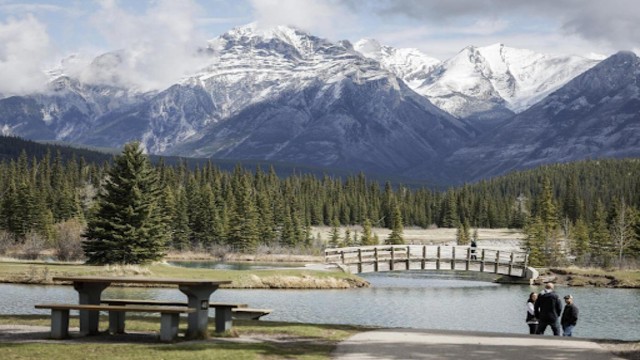
A 3,000-year-old sword with a pharaoh's emblem has been discovered in Egypt, still shining after all these years. Courtesy: Egyptian Ministry of Tourism and Antiquities
Over 3,000 years ago, a sword bearing the emblem of Ramses II, one of Ancient Egypt’s most powerful pharaohs, was left in a humble mud hut in the Nile Delta. Recently, a team of archaeologists uncovered this remarkable artifact while excavating an ancient fort in Tell Al-Abqain, about 30 miles southeast of Alexandria. Despite the passing millennia, the bronze sword was found with its shimmering blade intact, still reflecting light beneath the layers of grime. The intricate cartouche—Ramses II's personal emblem—was also clearly visible, making this an extraordinary find.
Archaeologists from Egypt’s Antiquities Ministry have described this discovery as part of a larger treasure trove of ancient Egyptian artifacts, recovered from the site of a once-important military fort. This fort guarded Egypt’s northwestern borders during the New Kingdom, a period renowned for its cultural and political achievements. It was during this time that Ramses II ruled, from 1279 to 1213 B.C., and Egypt reached its peak of military power. Known for his impressive construction projects and military campaigns, Ramses II expanded Egypt’s borders into what is now the modern-day Levant. Many scholars even believe Ramses II could have been the pharaoh referenced in the Bible during Moses' time.
The discovery revealed ivory kohl applicators, carnelian and faience beads, scarabs, and protective amulets. Courtesy: Egyptian Ministry of Tourism and Antiquities
What makes the sword’s discovery particularly interesting is that it was found in a practical, everyday setting rather than a burial tomb. According to experts, including Oxford University Egyptologist Elizabeth Frood, the sword’s markings suggest it belonged to someone of high status, likely a military officer. Being able to display such a sword was a clear symbol of rank and prestige.
In addition to the sword, the excavation revealed several other artifacts that provide insight into daily life at the fort. Among the finds were ceremonial scarab beetles, ivory kohl applicators, and other items that would have been used by soldiers during the reign of Ramses II. Kohl, a type of eyeliner, was worn by both men and women in ancient Egypt to protect their eyes from the harsh sun and insects. The archaeologists also unearthed jewelry, including carnelian and faience beads, half of a bronze ring, and two necklaces.
The site includes military barracks and weapons storage areas near the Tell Al-Abqain monuments in Egypt's Beheira Governorate. Courtesy: Egyptian Ministry of Tourism and Antiquities
Excavation leader Aiman Ashmawy noted that the dig uncovered cylindrical ovens for cooking, as well as large pots for storing food. Fish and animal bones found inside these pots suggest they were used as a type of canteen for the soldiers. These items were discovered inside mud huts that served as barracks and weapons warehouses, separated by narrow passageways, which reflected the organized and disciplined life of a military fort.
The fort is part of a chain of military outposts that once defended Egypt’s western borders from foreign invaders, such as the Libyan tribes and the mysterious "Sea Peoples" who frequently attacked Mediterranean coasts. These defensive structures played a crucial role in protecting Egypt’s territory and controlling its borders during the later years of the New Kingdom.















